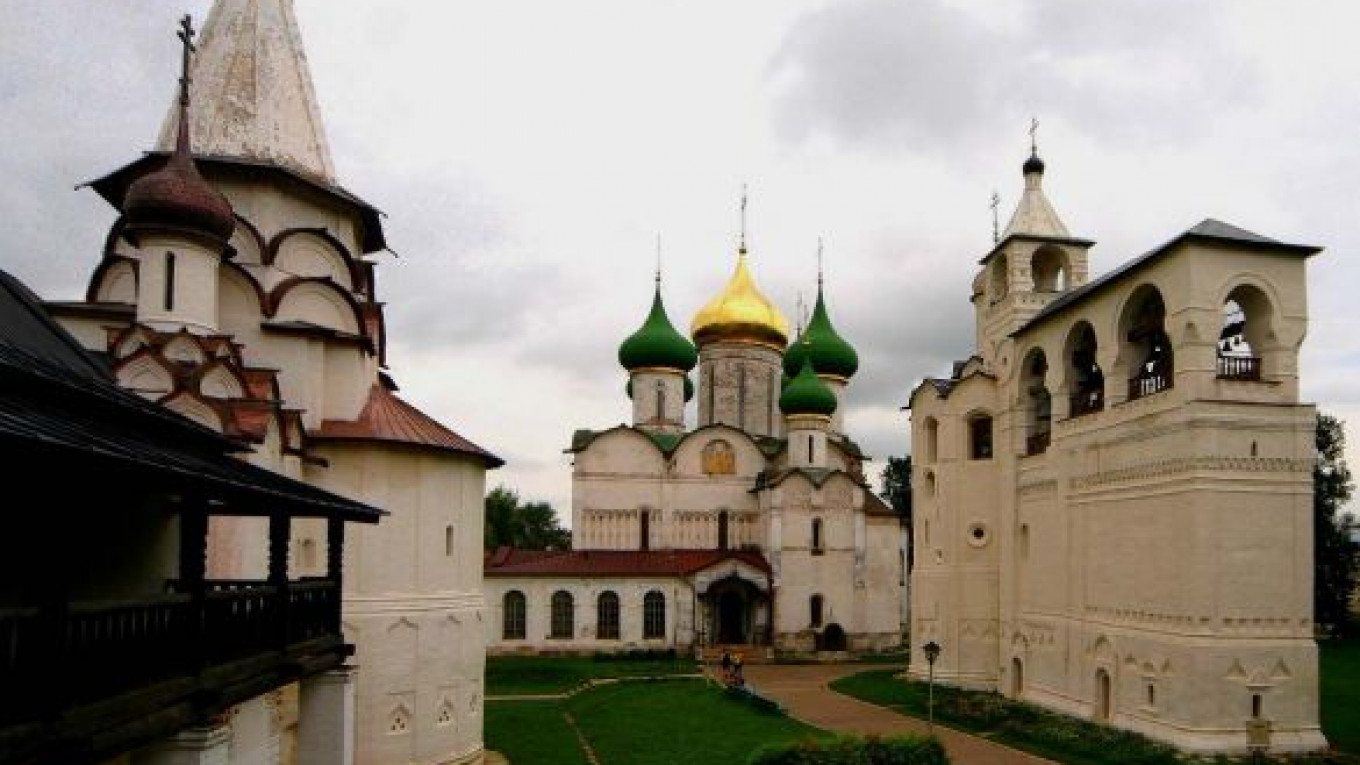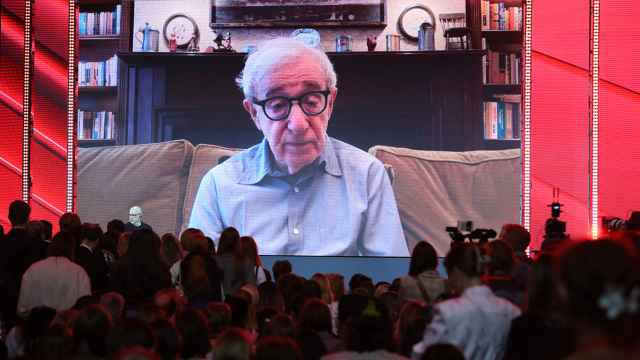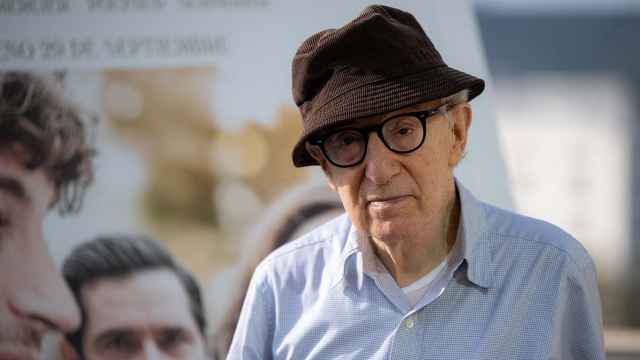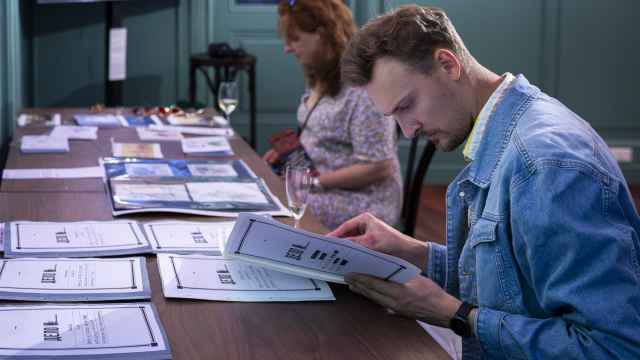A new exhibit at the Museum of Contemporary History provides a glimpse at life in pre- and post-revolutionary Suzdal, whose landscape was utterly changed when the Bolsheviks came to power.
When the bells of the Spaso-Yefimiyev monastery in Suzdal — including one dating back to the 16th century — were thrown from the bell tower by Bolsheviks in the 1930s, the shattered parts were gathered together and hidden within the territory of the Suzdal museum by its first director, Vasily Romanovsky.
Today you can see fragments of the broken bell at the exhibition, “The Restoration of Suzdal and Her Troubles,” currently on show at the Contemporary History Museum, along with other examples of the tragic events of those times: archive photos of churches destroyed in the 1920s and ’30s, views of church buildings that were turned into warehouses and artist workshops, as well as the Bible that was given to the fund for famine in the Volga region in 1922.
Among the 300 exhibits are some fascinating photographs and documents, such as the diary of a 16-year-old girl from the start of the 20th century.
She writes about everyday events like who came to visit, who met whom on the street, how they played cards and what they had to eat. But from these minutiae emerges a portrait of a town — quiet, permanent it would seem.
One of the epochal moments of that time was when the Imperial family visited Suzdal in 1913.
The remnants of that visit include a photograph of Tsar Nicholas II and his daughter in what was then a monastery, as well as a plate given to the tsar by the local merchant class, marked with the Suzdal herald and a picture of the town landscape.
One more exhibit is the bones of Prince Dmitry Pozharsky, a national hero who, together with Kuzma Minin, is immortalized on Red Square for leading the revolt that helped expel the Poles in 1611.
The chapel built on his grave was destroyed in 1933, when the Spaso-Yefimiyev monastery was turned into a jail for political prisoners.
The exhibit, which comes from the Vladimir-Suzdal museum, is not only about the past but about new attempts at preservation.
The exhibit shows off 11 areas around the city that were to be destroyed in reconstruction but that the museum has helped obtain protected status.
The exhibit shows each area’s “passport,” which contains a map and states the location’s natural and historical qualities.
”The Restoration of Suzdal and Her Troubles” runs till Sept. 5 at the Museum of Contemporary History, 21 Tverskaya Ulitsa. Tel. 699-9912. Metro Tverskaya.
A Message from The Moscow Times:
Dear readers,
We are facing unprecedented challenges. Russia's Prosecutor General's Office has designated The Moscow Times as an "undesirable" organization, criminalizing our work and putting our staff at risk of prosecution. This follows our earlier unjust labeling as a "foreign agent."
These actions are direct attempts to silence independent journalism in Russia. The authorities claim our work "discredits the decisions of the Russian leadership." We see things differently: we strive to provide accurate, unbiased reporting on Russia.
We, the journalists of The Moscow Times, refuse to be silenced. But to continue our work, we need your help.
Your support, no matter how small, makes a world of difference. If you can, please support us monthly starting from just $2. It's quick to set up, and every contribution makes a significant impact.
By supporting The Moscow Times, you're defending open, independent journalism in the face of repression. Thank you for standing with us.
Remind me later.






